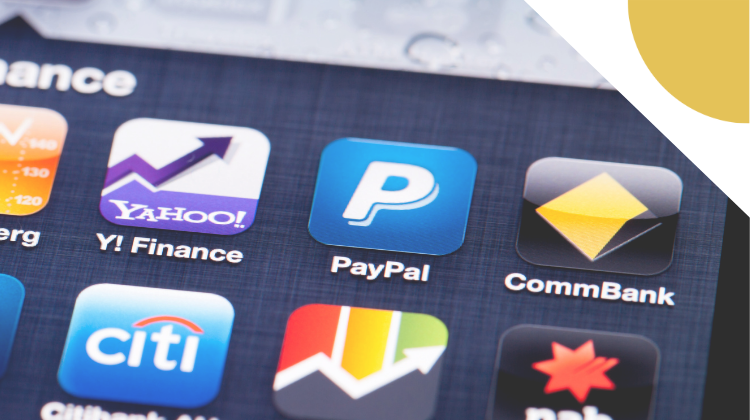BNPL, Online Lenders
PayPal’s evolving strategy in a crowded BNPL market
- We take a look at how PayPal entered the BNPL sector by launching its first BNPL offering – ‘Pay in 4’, and expanded its suite of products by rolling out another BNPL product, ‘Pay Monthly’, in 2022.
- Steve Mikulcik, VP of Global BNPL at PayPal, talks about the ramifications of such a rapidly-growing industry, and whether it is still serving the purpose of facilitating consumers.








